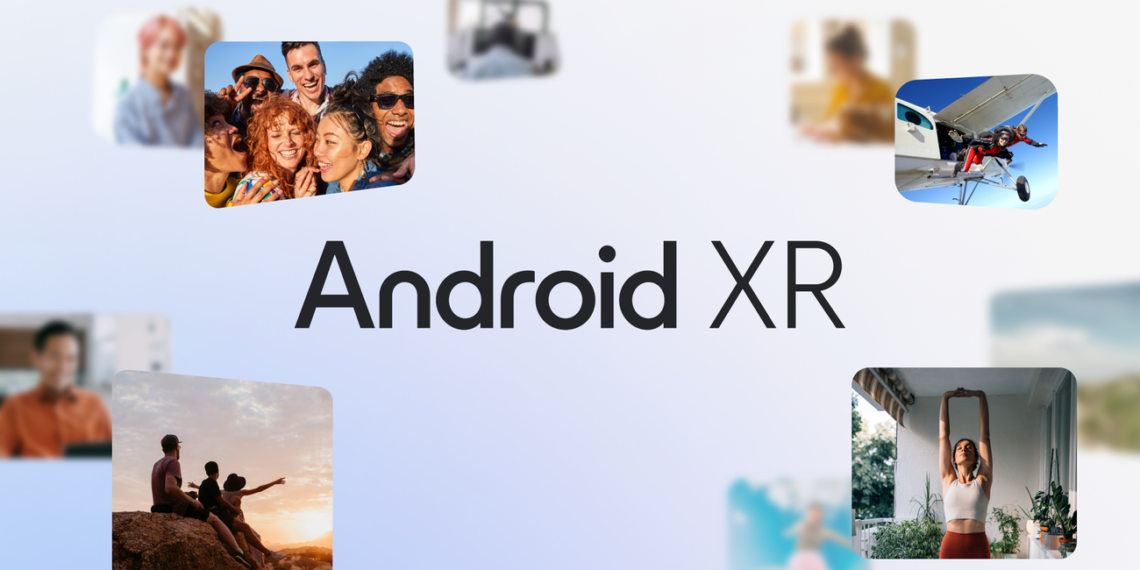Overview of Android XR Development
In the rapidly evolving world of technology, Google is pioneering the integration of extended reality (XR) into everyday devices. The tech giant is focusing on smart glasses, an unobtrusive form of wearable tech that has significant potential to change how users interact with the digital world.
The design of Google’s smart glasses emphasizes normalcy. They mirror the look of traditional eyewear, making the advanced technology within them almost invisible to the casual observer. Android XR’s head, Shahram Izadi, recently made the glasses’ real-world capabilities more tangible by donning them at the TED2025 event. His demonstration was not just a presentation; it was an active display of augmented reality (AR) in action. Real-time language translation and image recognition features were showcased, illustrating the seamless blend of the physical and digital worlds.
Samsung, a key player in the tech industry, is also exploring this space with its XR headset. The device boasts impressive functions, such as simultaneous operation of multiple applications and immersive VR video experiences. The interface is being compared to the Apple Vision Pro, hinting at a high level of sophistication.
Although exact release dates for these devices are shrouded in anticipation, both Google and Samsung are keen on bringing their Android XR technology to consumers. Their prototypes have been revealed to excited audiences, yet the companies have maintained an air of mystery around the official launch.
Key Features:
- Real-time language translation: Breaking down communication barriers, users can understand and speak in foreign languages.
- Image recognition: Enabling users to quickly identify objects and receive information about them.
- Augmented functionality: Enhancing the user’s view of the real world with added digital information.
- Device integration: Smooth, intuitive interactions between Android XR glasses and other Android devices.
- Multitasking capabilities: Samsung’s focus on efficient multi-window operations for productivity.
Crucial to this emerging technology is the concept of mixed reality (MR) and AR glasses, which merge the physical with the digital. The demonstrations have not only versed the audience in the feasibility of AR for daily use but also in the hidden sophistication of what these XR headsets entail—suggesting a new chapter in personal technology that’s just around the corner.
Frequently Asked Questions
Unique Features of Google’s Android XR Glasses
Google’s Android XR glasses stand out due to their integration of immersive augmented reality (AR) features. They offer a seamless blending of digital content with the real world, providing users with interactive and contextually relevant experiences. This is a step forward from previous AR devices which might have offered only basic overlay capabilities. The glasses are also designed to be stylish and comfortable, suggesting they can be worn throughout the day like traditional eyewear.
Pricing of Google Android XR Glasses
The cost of Google Android XR glasses has not been universally fixed, as price points may vary based on region and retailer. Users should check with authorized sellers for the most accurate pricing details. It’s important to note that market prices can fluctuate over time, reflecting factors such as demand, technological advancements, and production costs.
Experiences with Google Android XR Glasses
With Google Android XR glasses, users can delve into a variety of virtual and augmented reality experiences. These range from gaming and educational content to immersive media consumption and interactive social applications. The platform is designed to cater to a diverse set of interests, aiming to offer something for everyone.
Device Compatibility for Google Android XR Glasses
Compatibility is a key aspect of Google Android XR glasses, as they aim to work with a broad range of devices. While specifics can vary, the general goal is for these glasses to interface effectively with most modern smartphones, tablets, and computers that have compatible hardware and software specifications.
Evolution of Google’s AR Technology
Google’s journey into AR technology has seen significant evolution from the rudimentary Google Cardboard to the sophisticated Android XR glasses. This progression has involved improvements in usability, functionality, and overall integration with daily tech use, signaling an ongoing commitment to innovating within the AR space.
Navigation Capabilities with Google Android XR Glasses
Yes, the Android XR glasses from Google are capable of integrating with navigation applications like Google Maps. This feature allows for real-time, heads-up display of directions and contextual location information, aiming to enhance the convenience and safety of navigating both familiar and unfamiliar environments.














































